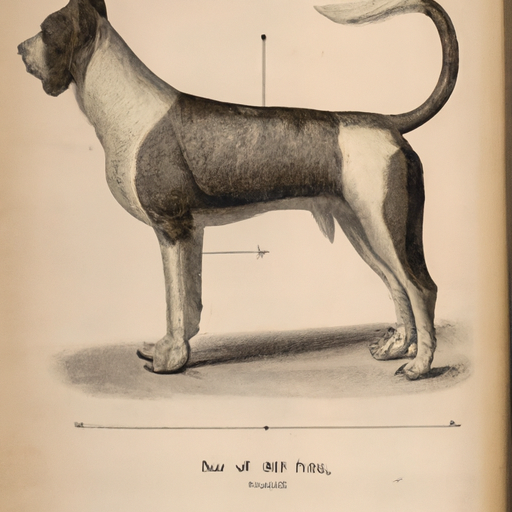When it comes to taking care of your canine companion, there’s a lot you need to know. As a caregiver, you probably spend a lot of time ensuring your pet is healthy and happy. But have you ever heard of stud tail in dogs? If not, don’t worry. This article will delve into this condition, its causes, symptoms, treatment, and prevention strategies, ensuring you’re well-prepared to handle it.
Understanding Stud Tail
Stud tail, technically known as supracaudal gland hyperplasia, is a condition that primarily affects unneutered male dogs. As the name suggests, the problem is centered on the tail’s upper base, where a gland (the supracaudal or sebaceous gland) is located. When this gland becomes overactive, it can lead to stud tail.
- What it looks like: Stud tail manifests as greasy or waxy skin, hair loss, and sometimes a foul odor. In severe cases, it can even lead to skin infections.
- Which breeds are affected: Although it can affect any breed, it’s more common in certain breeds like Boxers, Bulldogs, and Spaniels.
Causes of Stud Tail
The primary cause of stud tail is the overproduction of sebum, an oily substance produced by the sebaceous gland. Here are some factors that may trigger this overproduction:
- Hormonal changes particularly related to sexual maturity
- Lack of grooming or inadequate hygiene
- Diet high in fats
- Certain medical conditions like hypothyroidism
It’s important to remember that while stud tail primarily affects male dogs, female dogs can also get it, though it’s rare.
Recognizing the Symptoms
Recognizing the symptoms of stud tail early can make a big difference in managing the condition. Here’s what you should look out for:
- Greasy or waxy skin at the tail’s base
- Hair loss in the same area
- Darkened skin
- Foul odor
- In severe cases, skin infections and abscesses
Remember, if you observe any of these symptoms, consult your vet promptly.
Treatment Methods
Stud tail is typically treated with a multi-pronged approach:
- Cleaning the area with medicated shampoos or wipes
- Topical treatments to reduce sebum production
- Antibiotics or antifungal medications in case of secondary infections
- In severe cases, surgical removal of the gland may be necessary
Remember to follow your vet’s advice diligently for the best outcomes.
Preventive Measures
While there’s no surefire way to prevent stud tail, you can certainly reduce its likelihood by taking care of your dog’s hygiene and diet. Here are some tips:
- Regular grooming and bathing with a mild shampoo
- Keeping your dog’s bedding clean
- Providing a balanced diet with the right amount of fats
- Regular vet check-ups for early detection
Remember, prevention is always better than cure.
FAQs
1. Can stud tail lead to serious health issues?
Stud tail itself is not life-threatening, but if left untreated, it can lead to uncomfortable skin infections and abscesses.
2. Can I treat stud tail at home?
While mild cases of stud tail can be managed with proper hygiene, it’s always best to consult a vet for a proper diagnosis and treatment plan.
3. Is stud tail contagious?
No, stud tail is not contagious. It’s a condition related to the dog’s sebaceous gland and cannot be transmitted to other animals or humans.
4. Can neutering prevent stud tail?
Neutering can reduce the likelihood of stud tail as it decreases the hormonal fluctuations that can cause overactive sebaceous glands. However, it’s not a guaranteed prevention method.
5. Can stud tail recur?
Yes, stud tail can recur, especially if the underlying causes are not addressed. Regular vet check-ups can help manage the condition.
In conclusion, stud tail in dogs is a manageable condition if detected early and treated promptly. As a caregiver, your attention to your dog’s health can make a world of difference. Remember, your furry friend relies on you for their well-being, so stay informed and proactive.



